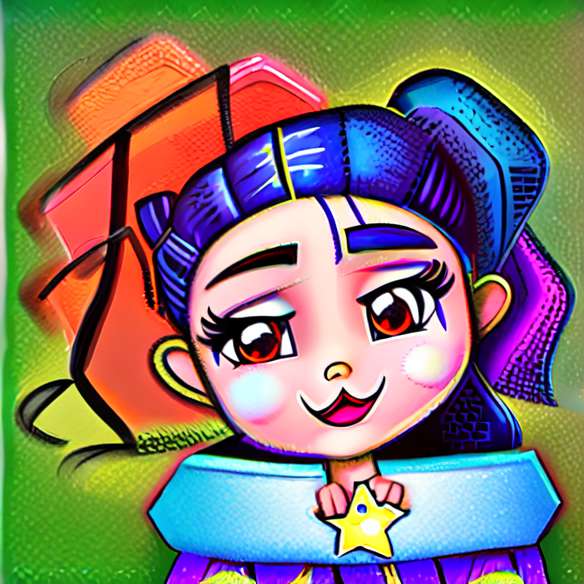How to understand my child's drawings?

Why does a child draw?
René Baldy: There are several reasons: the cultural world in which he evolves, with posters, pictorial books, cartoons is graphically rich; members of his family who draw or write, that is to say, that leave traces on a sheet of paper and that thechild try to imitate, etc. At school, from kindergarten, as in the family, thechild is encouraged to draw and his productions are valued: we exclaim, we congratulate him and we display his drawings. The toddler who does not yet know how to write expresses his thoughts or internal patterns through drawing. He projects on paper the mental representations he makes of reality. For him, drawing is a way of entering the culture: it is part of the cultural achievements of thechildlike eating with a fork for example.
Is drawing useful for thechild ?
René Baldy: Draw allows thechild to acquire the basic, motor and symbolic skills that will be used when learning to write. In drawing, thechild learns to sit at the table, hold the pencil correctly, adjust its pressure on the sheet of paper, control its action. In drawing, he also manipulates graphic symbols like the round or the square. The round is not just a round, it's the man's head and the square is not just a square but the front of the house. Moreover, especially with the use of colors, he develops his aesthetic sense. In short! All these fundamental acquisitions prepare the subsequent fundamental learning.
Do we have to worry about a child who does not draw?
René Baldy: To worry no, especially if thechild is involved in other activities, but I encourage parents and teachers to incite children to draw for example simply by putting pencils and paper at their disposal. But each child is different from others: some like to draw a lot, others less. If a child enjoy doing drawings wisely in front of his desk, another will be more active and prefer to run in the garden. The interests of toddlers vary according to their personality and the family context in which they evolve. Interest in drawing can also happen more or less late. Plus one mum will encourage and compliment child, the more it will be motivated and will try to make beautiful drawings to please him. But, the drawing must remain a playful activity and one must under no circumstances force thechild To draw. Constraints will come with fundamental learning such as learning to read, write and calculate.
 |
| Drawingschild : (from left to right) at 2 years and 10 months, 3 years and 6 months, 4 years and 3 months |
What to think of a child who draws badly?
René Baldy: The academic learning of thechild are already subject to sometimes very severe evaluations and comparisons. Also, as I said, the drawing is an activity which must remain playful and in which one does not have to look for the performance. The important thing is that thechild draw and have fun in this activity. The quality of its productions is secondary and it must be allowed to progress at its own pace. At school, if you look at the drawings made by students of the same class, and therefore of the same age, you will find very basic productions, such as men, and very sophisticated works. This heterogeneity is normal. Just as some children walk and / or speak earlier than others, some draw better and earlier than others. The drawing must allow thechild to express oneself freely, with one's skills and preferences. On the other hand, drawing is a good way for moms to follow the development of their child. I often compare drawings to features that parents write on the wall to mark the growth of their child. While the well-graded features on the wall mark the physical growth of thechildthe drawings produced at different times mark his intellectual development. I invite them parents not to try to interpret the drawings of their child but on the contrary, to bear on them a healthy look.Line up a dozen drawings on the table and watch the progress, look for steps ... Each child advance at its own pace, the main thing is to encourage it.
To read :
Draw me a manby René Baldy, Editions In Press, 2010
Make me a beautiful drawingby René Baldy, Editions In Press, 2011








